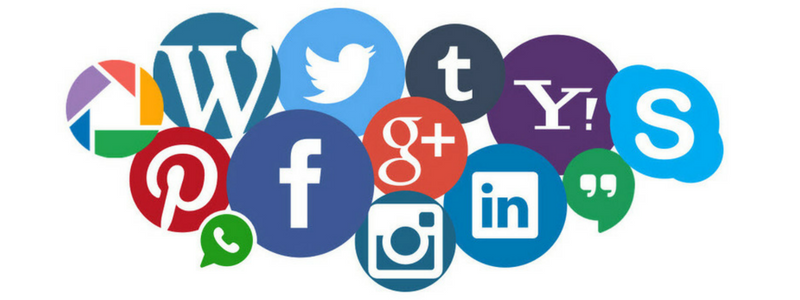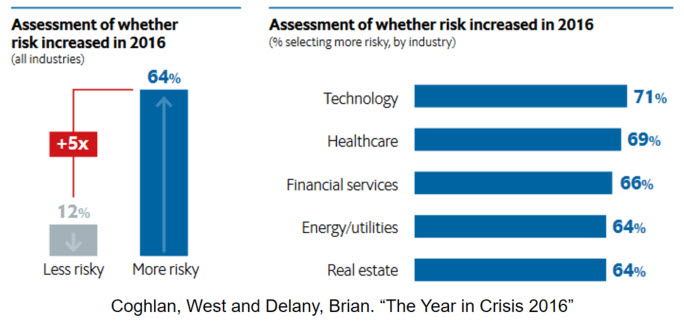Allen Gingsburg once said that whoever controls the media, the images, controls the culture. Healthcare related crisis communication and social media are intensely connected! Take a deep breath to comprehend that every second around 6,000 tweets are sent out; and roughly 1 million healthcare tweets are captured each day. For any organization blind sighted with crisis whether negative media comments or natural disaster, being unprepared can be costly in today’s social media culture.
Social Media Realities
Social media bypasses traditional gate-keepers regardless of industry sector, and provides a platform to anyone with an opinion at unimaginable speed, where a mere incident or issue can be perceived as a crisis. Healthcare organizations no longer have the luxury of waiting a few hours to see where the dust will settle, because social media generates its own momentum. An organization wide plan addressing crisis communication and social media is essential! So called democratization of information, the constant wave of new tools, and the 24/7 feeding of the Twitter beast is the new reality, and as a result, handling a crisis is no longer private and can leave an organization vulnerable and exposed. To avoid irreparable brand damage and maintain business continuity, incorporating a social media strategy into the overarching crisis communication plan is a business imperative!
Crisis Communication Realities
What constitutes a crisis? While there is not a universally accepted definition of crisis, the Institute for Crisis Management defines a crisis as “any issue, problem or disruption which triggers negative stakeholder reactions that can adversely impact the organization’s reputation, business and financial strength.”
Along with the standard competitive pressures that executives must deal with, risk and crisis can be added to the list. The 2017 Economist Intelligence Unit (EIU) global survey of 537 crisis management experts on their perceptions on 2016 corporate risks and future crisis in 2017-2020, revealed that by a factor of five to one, believed the world became a riskier place in 2016, and 67% of these executives believe that the world will become an even riskier place to do business in 2017-20.
More importantly, the survey reports that approximately seven out of ten crisis experts say social media has amplified corporate crisis of all kind and a similar number say it has accelerated the pace of crisis-driven events.
Crisis Communication and Social Media in Healthcare
The medical or healthcare sector is no exception, with the unique responsibility and challenge of patient’s lives and well-being, the necessity to access data, and compliance requirements, as HIPPA is not suspended during a national or public health emergency. In fact, the CMS final rule on emergency preparedness became effective on November 15, 2017. For some healthcare organizations developing crisis communication and social media plans are front and center. One of the best guides to use is A Brief Guide To Crisis Communications For Healthcare Providers.
Crisis – The First 5 Minutes
Do you know what needs to be done in the first five minutes? Public sentiment is everything and in a multi-channel environment, how do leaders help their stakeholders cope physically, psychologically and protect reputation? The following recommendations have been adapted from FEMA as a logical starting point to integrate social media into an overarching crisis communication plan for organizations:
- Develop a strategic plan
- Establish and adopt policies
- Establish a complementary mix of social media with relevant hashtags
- Engage with the community in advance through social media
- Set realistic expectations with frequency, source, and type of emergency communication
- Establish training and staffing plans to allocate more resources to social media monitoring during an incident
- Incorporate social media strategies into emergency management exercises
- Coordinate with partnering organizations
- Coordinate social media efforts regionally
- Monitor conversations on popular social networks
- Evaluate public information
- Engage digital volunteers
- Improve community awareness
- Engage with community members after an incident
Crisis Communication and Social Media Expectations
When crisis strikes, public expectations have changed – as of August 2017, two-thirds (67%) of Americans report that they get at least some of their news on social media – with two-in-ten doing so often, according to a survey from Pew Research Center. Social media is the new reality in crisis communication because it is no longer ‘if” a crisis strikes but “when” and turning that crisis into an opportunity.


